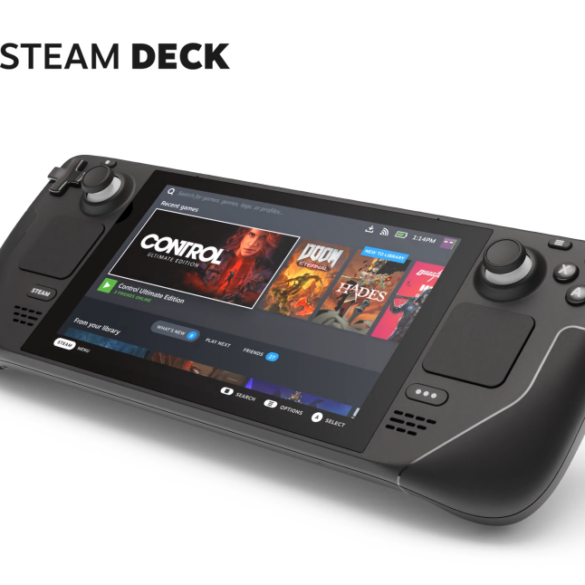

UNITY ANDROID OCULUS ANGRY BOTS SKIN
When you look at someone's eyes they happen to reflect a lot of light, but when you close them your skin is not near as reflective. Then a new idea came to my mind: I don't need to track the eye, I just want to know if it is opened. What a lucky coincidence!- I thought - if only I could use this camera to track the user's eyes. voilá! there is a screw!įront facing you, the top right screw just happens to be exactly inlined with the Note 4's front camera! I inspected the Galay S6 GearVR and seems to be the same case. If you remove any of this plastic-covers. I realised that the GearVR has some covers in the front to prevent scratching the phone when attached. But all I had in my hands was a GearVR for Galaxy Note 4, some hacking was needed. Some experimental HMDs are starting to support eye tracking, the most notorious one being the FOVE HMD: if you can track the user's eye it has to be trivial to detect if it's closed. This will suddenly make the movement system way more natural and amazing, improving the presence factor a lot while being more enjoyable and comfortable. What if I could detect if the user is truly blinking? Instead of closing some fake eyes in front of the player and having to press any button it will feel like a super power, think about NightCrawler from the X-men. While it's true that this technique usually does not cause any nausea it is a big presence breaker for me: looking at a point and pressing a button to suddenly be there is not a very natural way of moving. This transition sometimes happen by closing and opening virtual eyes in front of the user or simply lerping him there really fast.

With this solution you basically look at the point where you want to move and just press a button that will teleport you there.

One of the main solutions is called blink transition, and it has been popularised by great experiences such as Epic's Bullet Train and GearVR game Land's end. Moving the FPS way in VR with a gamepad causes nausea to pretty much 45% of the players ( nDreams CEO dixit) so companies are coming up with a lot of creative solutions to workaround this problem. I won't cover the whole talk here as many of the interaction experiments showcased can be found already in the "VR Wireless" post and my github page, but I created something I thing is a cool hack to solve one of the main trends in VR movement: the blink transition. The second talk was for a general public and for this one I wanted to talk about something that seems to concern a lot of people: VR limitation and why FPS won't work very well at the beginning. I had to give two talks: the first one was oriented to all the professionals (coders, artists, journalists) where I explained some of the decisions I took while creating Apnea (my always in-progress videogame). In December 2015 I was invited to Granada Gaming, a Video-games festival held in my home town, to talk about VR and my interaction experiments.


 0 kommentar(er)
0 kommentar(er)
